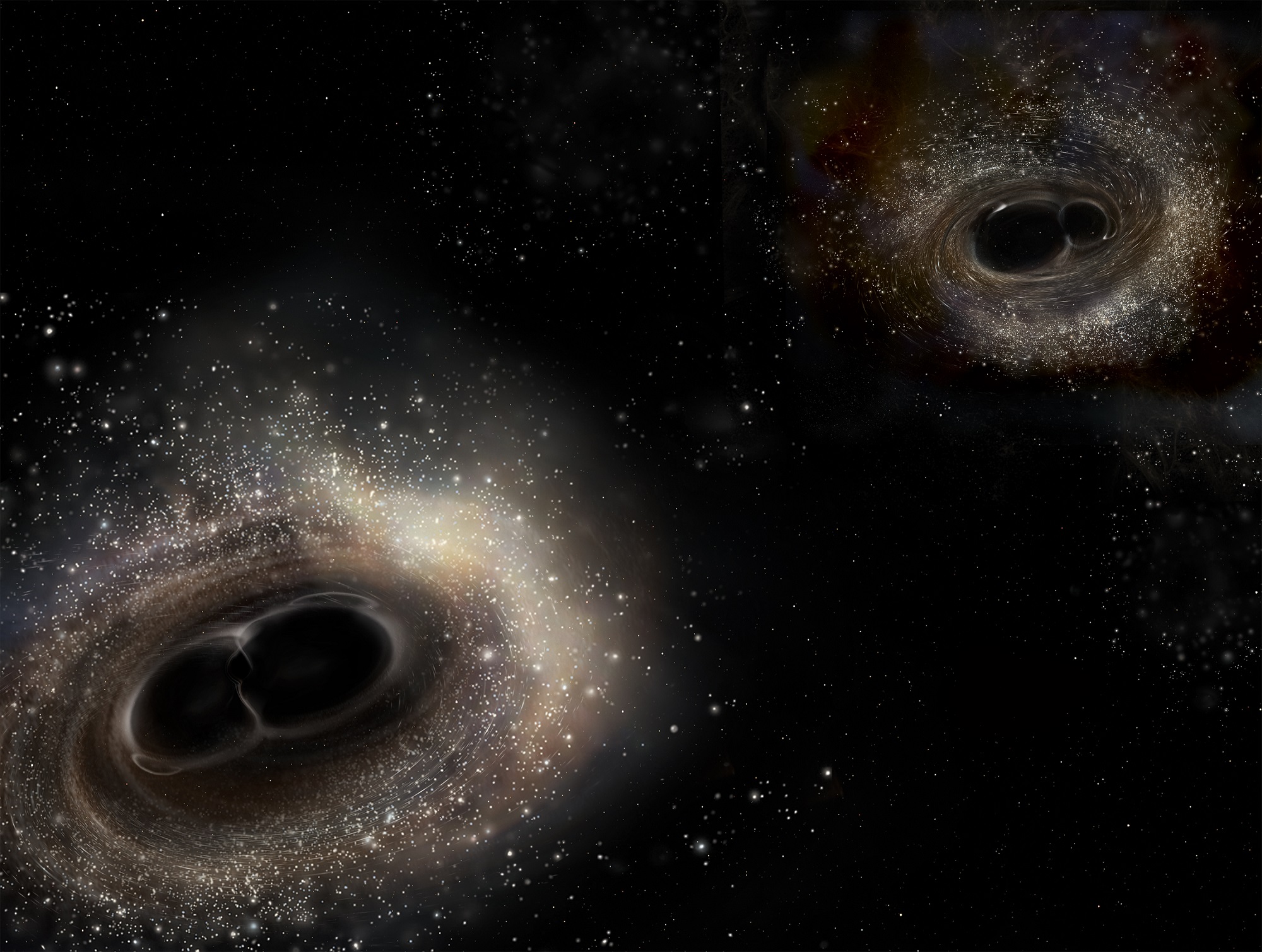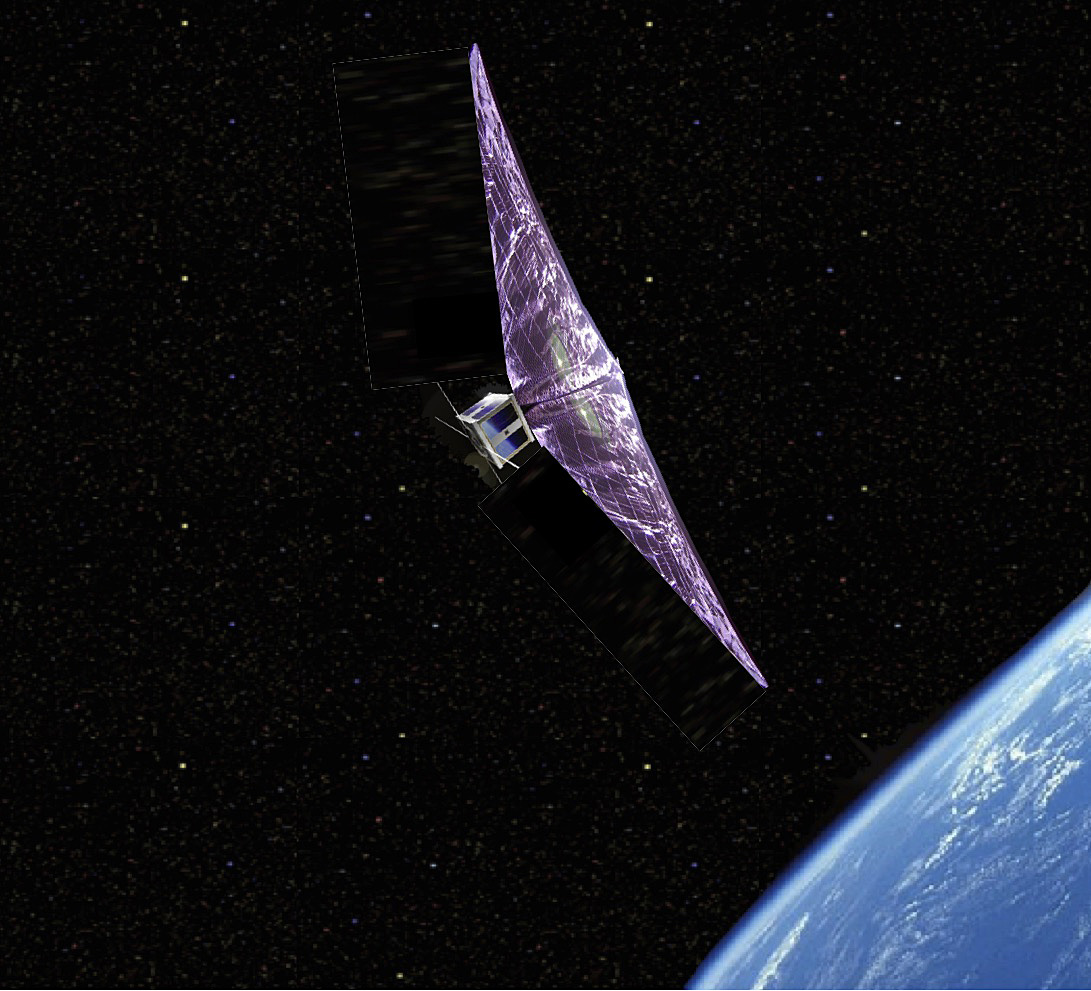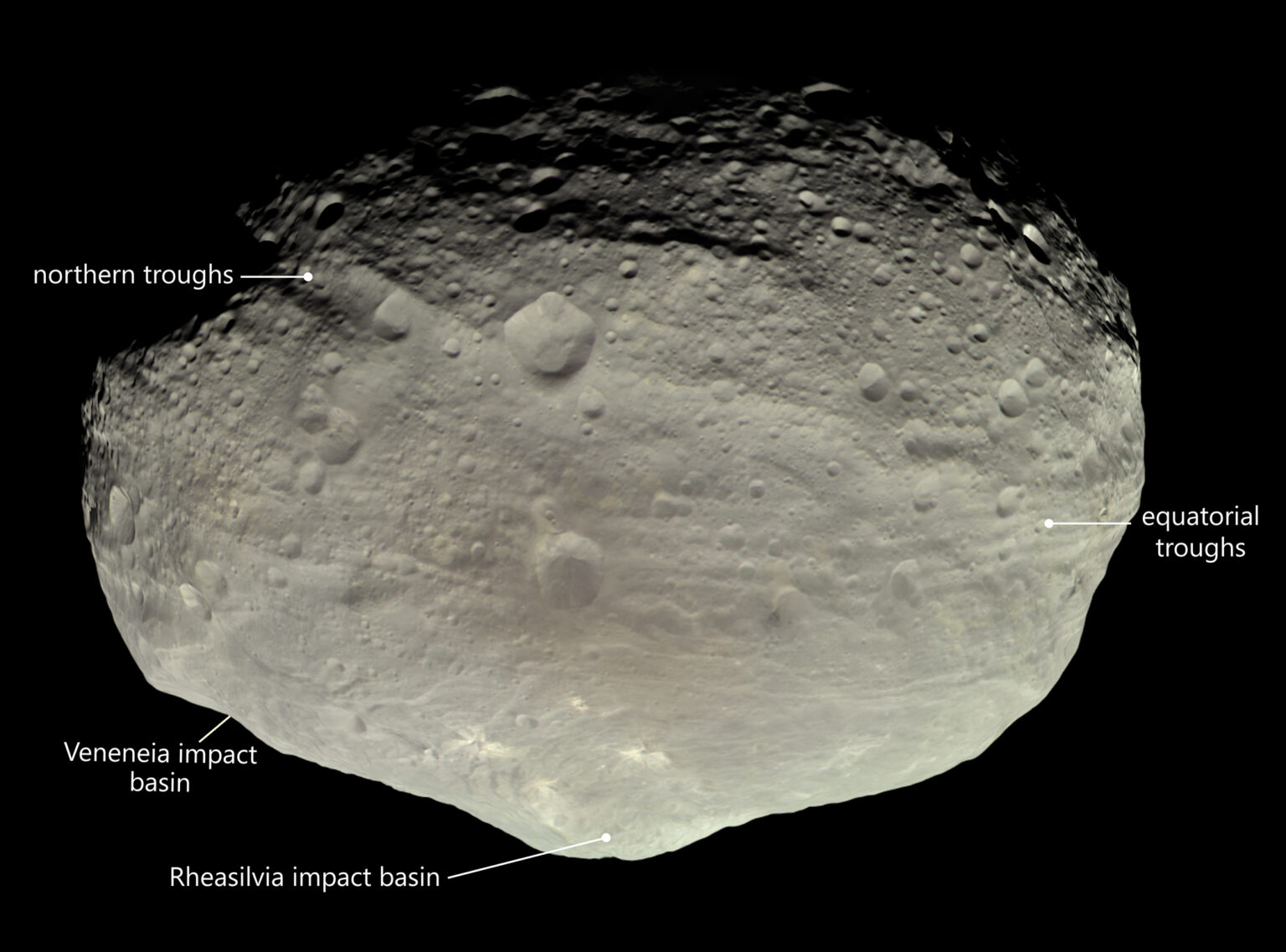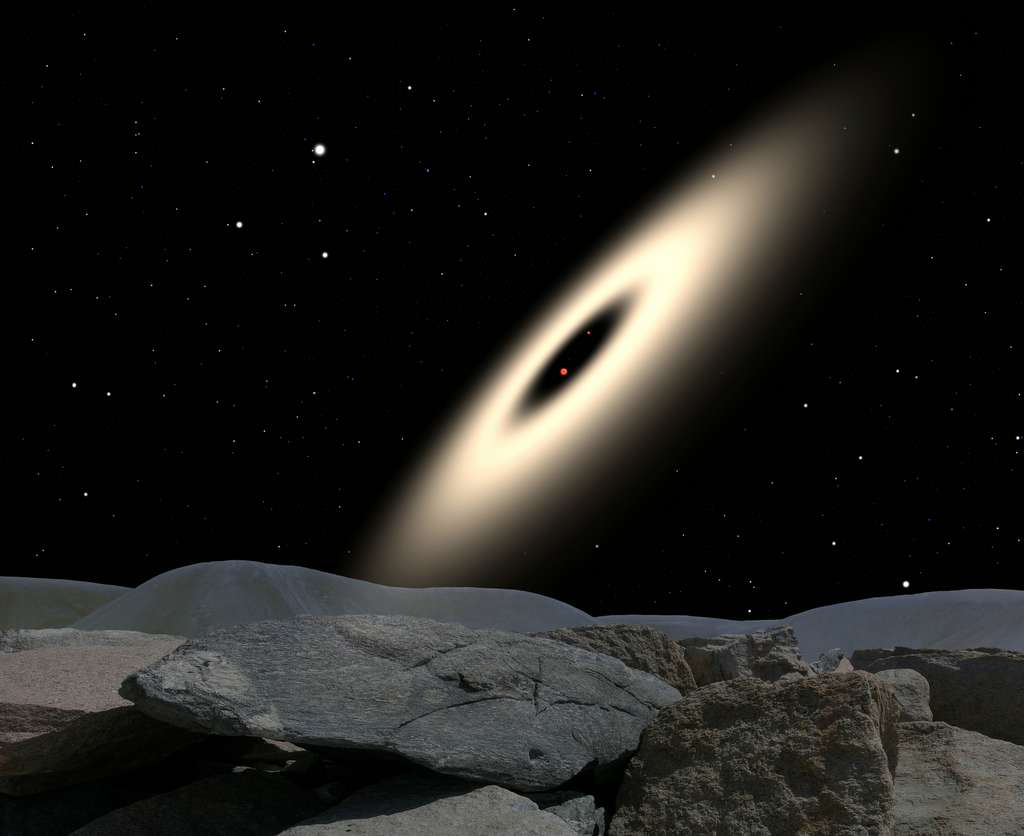If two black holes merge in the middle of space, and nobody’s around to see it, does it really happen?
Continue reading “In Addition to Gravitational Waves, is There any way to Detect Merging Black Holes”ALMA’s new Receivers Will let it see Longer Wavelengths, Peering Closer to the Beginning of the Universe
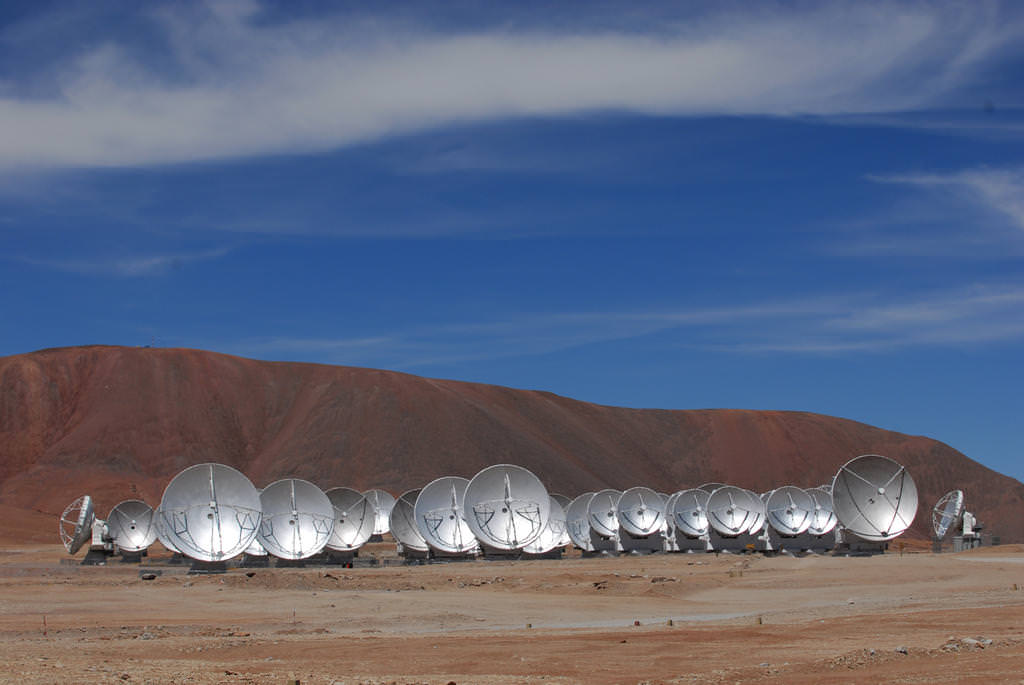
The ALMA telescope is getting a new set of receivers, enabling it to detect wavelengths down to 8.5 mm. These wavelengths are crucial for observations of the transformative epoch of reionization, when the first stars to appear in the universe unleashed a fury of radiation.
Continue reading “ALMA’s new Receivers Will let it see Longer Wavelengths, Peering Closer to the Beginning of the Universe”Doomed Satellite was Equipped With a Drag Sail to Deorbit it After its Mission was Complete
A team at Purdue University developed a drag sail to attach to satellites to help them de-orbit to combat space debris. Unfortunately, the rocket carrying the test device, launched by Firefly Aerospace, exploded shortly after launch.
Continue reading “Doomed Satellite was Equipped With a Drag Sail to Deorbit it After its Mission was Complete”There Should be More Material Left Over From Bombardment Eras. Maybe the Sun Blew it all Away?
The early solar system was an especially violent place. The terrestrial planets (Mercury, Venus, Earth, and Mars) likely formed by suffering countless collisions between planetesimals. But the material left over from all those collisions should have remained in orbit around the sun, where it would’ve eventually found itself in the asteroid belt. But the belt contains no such record of that process.
Continue reading “There Should be More Material Left Over From Bombardment Eras. Maybe the Sun Blew it all Away?”White Dwarfs can Continue Burning Hydrogen, Even After They’re Dead
White dwarfs are supposed to be dead remnants of stars, doomed to simply fade away into the background. But new observations show that some are able to maintain some semblance of life by wrapping themselves in a layer of fusing hydrogen.
Continue reading “White Dwarfs can Continue Burning Hydrogen, Even After They’re Dead”Ground-Based Observatories Could use Starshades to see Planets too
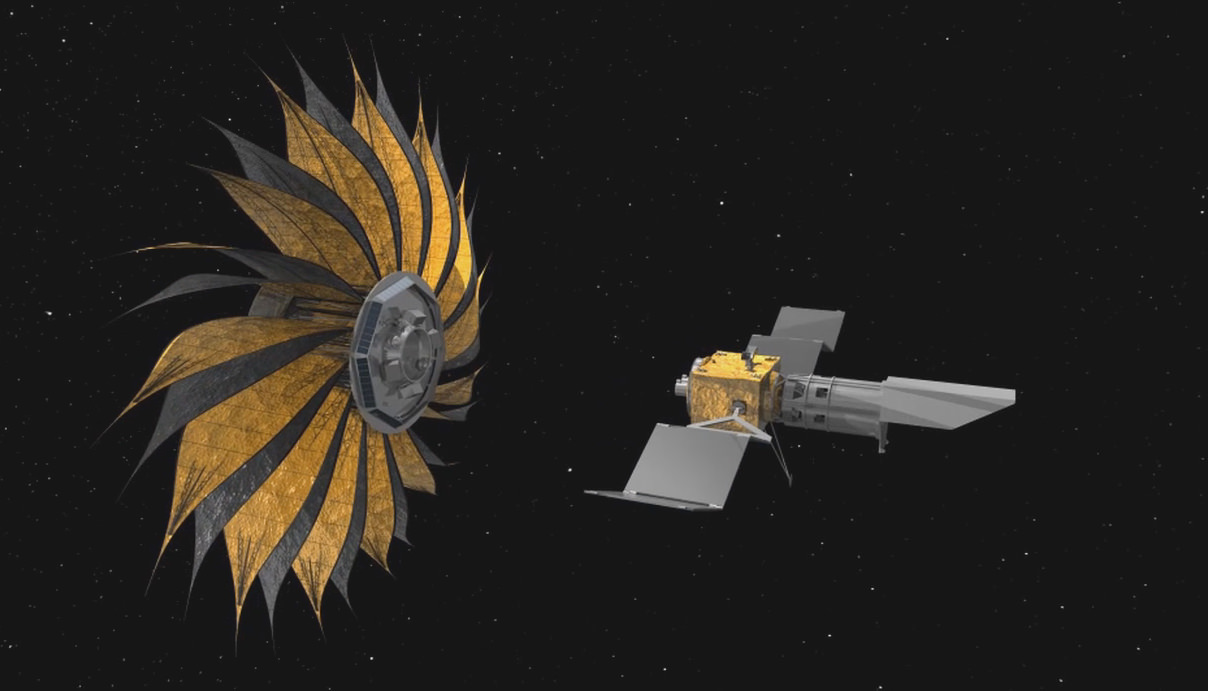
All hail the occulter: an orbiting starshade for ground-based telescopes.
Continue reading “Ground-Based Observatories Could use Starshades to see Planets too”What Formed the Strange Troughs on Vesta?
New research suggests that the humble asteroid Vesta may have cracked open like an egg.
Continue reading “What Formed the Strange Troughs on Vesta?”A Black Hole or Neutron Star Fell Into Another Star and Triggered a Supernova
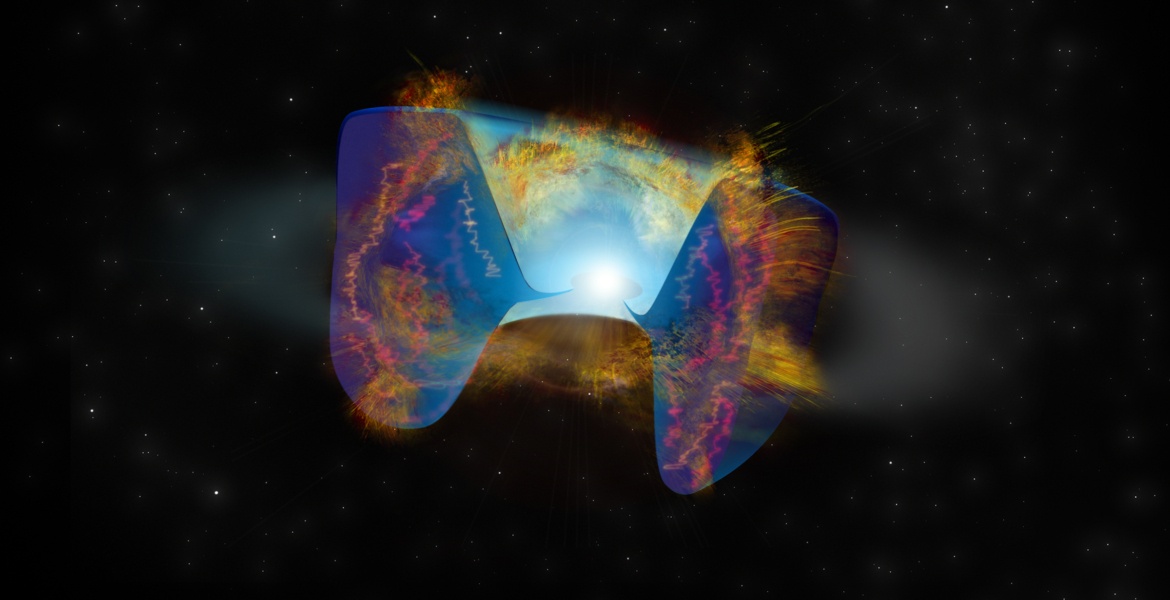
What happens when you slam a neutron star (or black hole, take your pick) into a companion star? A supernova, that’s what. And for the first time ever, astronomers think they’ve spotted one.
Continue reading “A Black Hole or Neutron Star Fell Into Another Star and Triggered a Supernova”Many Sunlike Stars Gobbled up Some of Their Planets
New research shows that other sunlike stars in our galaxy aren’t so kind to their planets. Up to a quarter of them may consume planets before they even establish a solar system. That consumption leaves behind a distinct chemical fingerprint in the stars, which can help researchers understand how common planetary systems are…and how often they get destroyed.
Continue reading “Many Sunlike Stars Gobbled up Some of Their Planets”Astronomy Jargon 101: Standard Candles

In this series we are exploring the weird and wonderful world of astronomy jargon! If only there was a way to measure the distance to today’s topic: standard candles!
Continue reading “Astronomy Jargon 101: Standard Candles”
